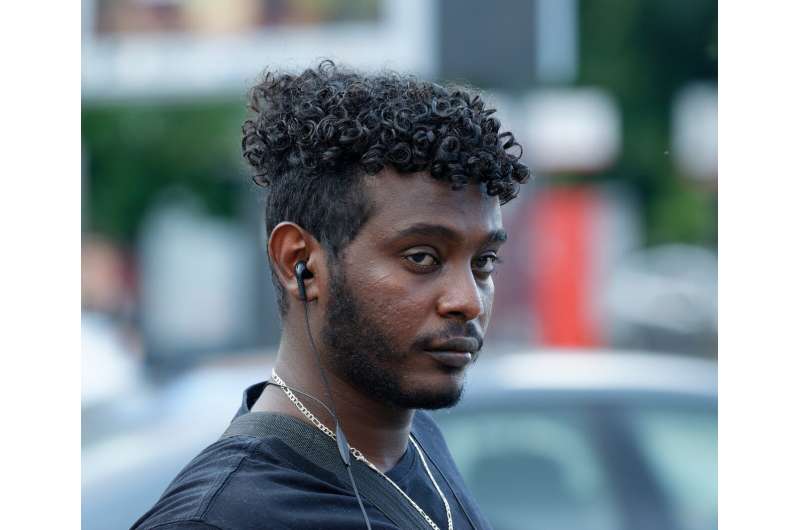Over a billion young people are potentially at risk of hearing loss from headphones, earbuds, loud music venues

More than 1 billion teens and young people are potentially at risk of hearing loss because of their use of headphones and earbuds and attendance at loud music venues, concludes a pooled data analysis of the available evidence, published in the open access journal BMJ Global Health.
Governments around the world need to urgently prioritize “safe listening” policies to safeguard aural health, say the researchers.
The World Health Organization (WHO) estimates that over 430 million people worldwide currently have disabling hearing loss. Young people are particularly vulnerable because of their use of personal listening devices (PLDs), such as smartphones, headphones and earbuds, and attendance at loud music venues, amid poor regulatory enforcement.
Previously published research suggests that PLD users often choose volumes as high as 105 dB while average sound levels at entertainment venues range from 104 to 112 dB, exceeding permissible levels (80 dB for adults; 75 dB for children) even if for very short periods of time.
The researchers wanted to gauge the prevalence of unsafe listening practices among teens and young adults to create a global estimate of the numbers who could therefore be at risk of hearing loss, with the aim of informing evidence-based policy to safeguard aural health.
They trawled research databases for relevant studies published in English, French, Spanish and Russian, involving 12-34 year-olds, and reporting on objectively measured device output levels and length of exposure.
A group of 33 studies, corresponding to data from 35 records and 19,046 participants, was included; 17 records focused on PLD use and 18 focused on loud entertainment venues.
The researchers also estimated the global number of people who could be at risk of hearing loss by considering the estimated global population of 12-34 year-olds in 2022 (2.8 billion) and the best estimates of exposure to unsafe listening practices from PLDs or loud entertainment venues derived from the systematic review.
The pooled data analysis indicates that the prevalence of unsafe listening practices from PLD use and attendance at loud entertainment venues is common worldwide—24% and 48%, respectively, among teens and young people.
Based on these figures, the researchers estimate that the global number of teens and young adults who could potentially be at risk of hearing loss as a result ranges from 0.67 to 1.35 billion.
The researchers acknowledge some limitations to their findings, including the varied study design—a particular feature of the studies on entertainment venues—and the absence of standardized methodology.
In addition, their estimates did not account for some potentially influential factors, such as demographic details and recent changes to policy on safe listening in some countries/regions.
Nevertheless, their findings prompt them to conclude, “There is an urgent need for governments, industry, and civil society to prioritize global hearing loss prevention by promoting safe listening practices.”
More information:
Prevalence and global estimates of unsafe listening practices in adolescents and young adults: a systematic review and meta-analysis, BMJ Global Health (2022). DOI: 10.1136/bmjgh-2022-010501
Journal information:
BMJ Global Health
Source: Read Full Article


